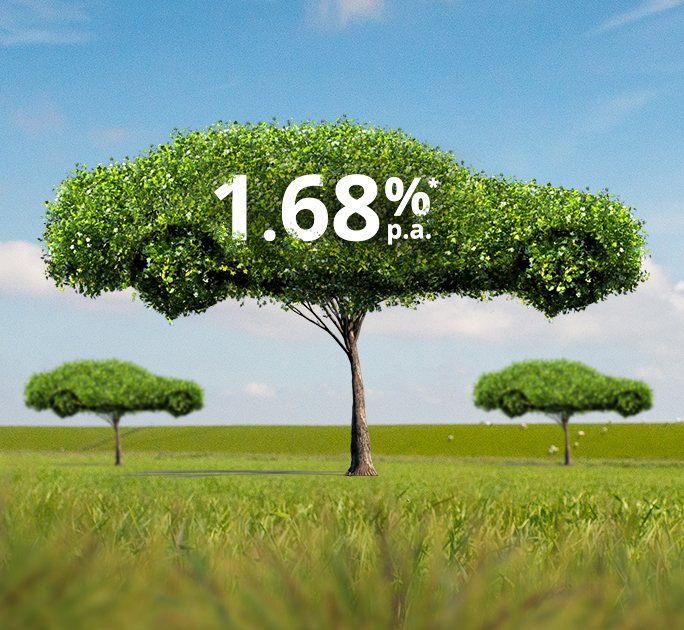DBS Currency Converter
View all ratesQuickly convert any major currencies with our latest rates.
- AUD
- CAD
- CHF
- DKK
- EUR
- GBP
- HKD
- JPY
- NZD
- SEK
- SGD
- THB
- USD
- ZAR
- AUD
- CAD
- CHF
- DKK
- EUR
- GBP
- HKD
- IDR
- INR
- JPY
- LKR
- NZD
- PHP
- SAR
- SEK
- SGD
- THB
- USD
- ZAR
Looking to make an overseas transfer? Transfer now with DBS Remit.


















